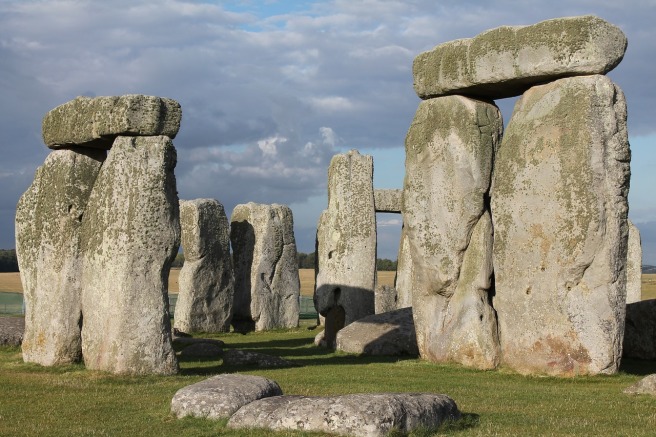
This week’s ‘Things’ include Wikipedia, online images, podcasts, online presentations, and online courses.
While I do not often use Wikipedia in my research (being told in the first year of my BA degree that it was an unreliable source and should NEVER be used definitely spooked me), it is frequently used in my house to end debates between my partner and I – his better memory means he usually wins. I also find myself on Wikipedia when I am trying to increase my knowledge of events or people when I am reading historical fiction or watching something.
Interestingly though, I always access Wikipedia content through a google search so have not noticed that it actually has other features such as news and history. Naturally my first point of call after reading ’23 Things’ blogpost was the anatomically inaccurate dinosaur images thread! – Fascinating stuff.
I am also quite familiar with many of the other ‘Things’ we were asked to explore this week and often procrastinate by finding interesting podcasts or YouTube videos on topics that interest me. Some of my personal favourites include:
Medieval Death Trip Podcasts – MDT covers passages from medieval sources and provides some interesting insights and useful context.
Many of Professor Jack Halberstam’s lectures (as well as lots of other queer theorists work) have been uploaded to YouTube including Halberstam’s 2014 lecture ‘On Behalf of Failure’.
BBC Radio 4’s ‘In Our Time: History’ – Melvyn Bragg and guests discuss history topics.
English Heritage YouTube Channel – The channel posts lots of interesting videos about their sites and the history behind them (including yummy looking Victorian Christmas recipes).

However, the ‘Thing’ that has had the greatest impact on my research experience, and the subject of the rest of this blogpost, is my discovery of MOOCs or Massive Online Open Course – in particular the Digging Deeper MOOC offered by Stanford University in 2015 and split into Part 1: Making Manuscripts and Part 2: The Form and Function of Manuscripts.
This free course about medieval manuscripts conceived by Professor Elaine Treharne at Stanford University and developed in collaboration with other Stanford University staff and graduate students, staff at Cambridge University, and Stanford Academic Technology Specialists was invaluable to my research. It enabled me to increase my understanding of how medieval manuscripts were produced and allowed me to indulge my love of medieval manuscript images.

While I have always enjoyed looking at medieval manuscripts, before this course I had little experience of working with them. I did a joint-honours BA and took an interdisciplinary approach during my MA which meant that I could not take all the modules I wanted to and unfortunately gained little experience of using manuscripts. The Digging Deeper course therefore enabled me to learn the terminology and develop my palaeographical and codicological skills. The two best features of the course were the high-quality, informative videos (with transcripts) and the accessible images of digitised manuscripts included every week for us to explore.
I expect I will continue to utilise these resources in the future and look forward to discovering more images, podcasts, videos, pages, and MOOCs that can enrich my learning and research.
P.s. Immediately after posting I realised my title references another song from Disney’s Princess and the Frog: Dig a Little Deeper. No idea why the songs from that movie haunt my subconscious.